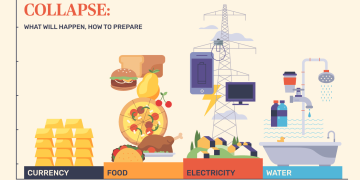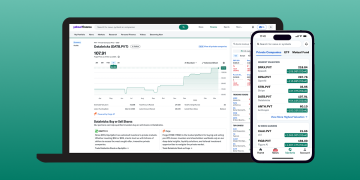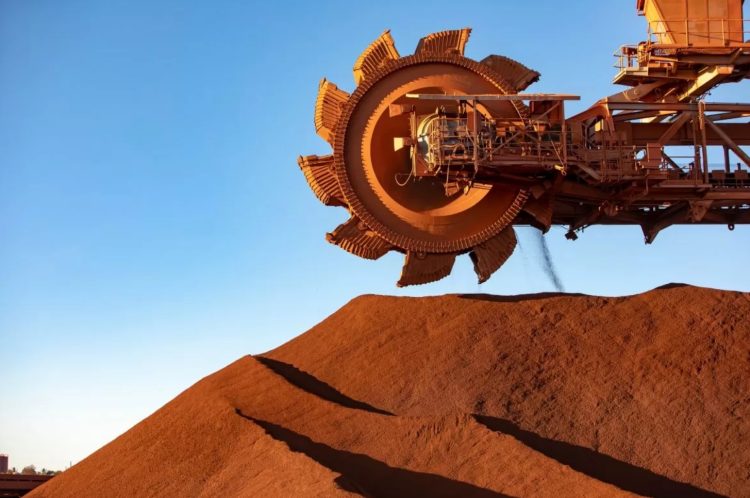Since 2002, a total of six rounds of inventory cycle, is currently in the seventh round of inventory cycle. In mid-2023, the profits of industrial enterprises rose year on year, PPI also stopped falling, the active inventory cycle ended, and entered the passive inventory cycle. With the progress of time, China is now expected to open the active inventory replenishment cycle. From historical experience, the passive inventory cycle and active inventory cycle commodity prices have a high probability of rising, but this year, black goods and other industrial products have shown a completely different trend, in addition to black goods, the price trend of industrial products is more in line with the characteristics of the passive inventory cycle, and recently some downstream manufacturing industry has begun to actively replenish inventory, some commodity prices continue to rise.
A full inventory cycle lasts 38 to 41 months. This round of passive warehousing cycle began in May 2023, according to the time calculation, the second quarter should enter the active replenishment cycle, which should support the strengthening of steel prices. However, the steel market failed to achieve a “good start” this year, the price of ferrous metal continues to fall, and the demand continues to fall, causing the negative feedback of the industrial chain, making the steel price continue to bottom out. By the end of March, rebar was down 7.1%, hot coil down 4.2%, coke down 8%, iron ore up 7.6% and coking coal up 3.2%, while the South China Industrial Products Index rose 5.7% over the same period. This means that the inventory cycle guidance is ineffective for black series goods, but it still has a strong guide to the price trend of other industrial products. Since April, black commodities have bottomed out, but the rise in steel prices has driven more from expectations, and actual demand has not been significantly boosted, so even if there is room for short-term gains, it is not guided by the inventory cycle.
Steel downstream demand is mainly concentrated in real estate, infrastructure and manufacturing, if further subdivided, mainly including construction, machinery, automobiles, energy, shipbuilding, home appliances, railways, containers, hardware products, steel and wood furniture and other industries. Among them, the construction industry occupies 57% of the steel demand (of which infrastructure accounts for about 16%), the machinery industry accounts for 16%, the automotive industry accounts for 6%, and other industries account for 21%. The pull of exports on steel demand is relatively limited, if the construction industry demand declines further, it is difficult to rely on overseas replenishment to provide strong support.
From the perspective of the performance of the domestic economy this year, the export-related manufacturing industry has performed well, which indicates that overseas demand has picked up. From the inventory cycle point of view, the United States has gradually entered the active replenishing cycle, as of April this year, the United States personal consumption expenditure growth rate of 5.84%, further accelerated from March, due to the obvious support of consumption on the economy, China’s exports have a significant pulling effect, so this year’s overall export of steel demand support is still in, but compared to domestic demand is still weak, Mainly reflected in infrastructure and real estate.
Since the beginning of this year, due to the active debt of local governments, the slow pace of issuance of local government special bonds and general bonds, the funding situation of downstream projects is not good, but it has been improved recently, and the subsequent issuance of local government special bonds has accelerated or further improved the downstream funding situation. However, the general logic of local government deleveraging has not changed, and there are still great constraints on government spending from a medium – and long-term perspective. In terms of real estate, as of now, the actual amount of real estate in place is 3.4 trillion yuan, down 25% year-on-year, in absolute terms, basically back to the level of 2014 to 2015, the current amount of real estate in place is still falling, which means that real estate investment or new construction, the future is still likely to continue to dip. Recently, the country has introduced a series of new support policies for the real estate market, including lowering the down payment ratio, lowering loan interest rates, and government-led purchases of housing in the market. If the policy is effectively landed, it will play a positive role in alleviating the debt pressure of the current real estate enterprises. However, the real estate policy will play a more role in the post-production end, especially in the completion aspect, and the new construction is difficult to have a large increase. The main amount of steel demand is still concentrated on the new construction of real estate, and the completed steel is less, so the current policy is still small in the promotion of steel demand.
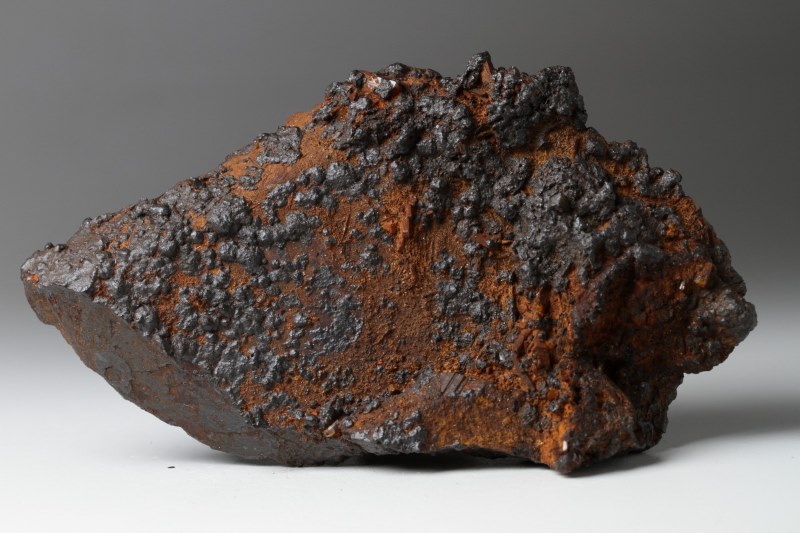
From the perspective of macro indicators, M1 can well reflect this trend. If M1 is set back for five months, the correlation with steel demand is further enhanced. At present, the basic fundamentals of ferrous metal have improved, steel is still expected to go to the warehouse, and the cost of raw materials has strong support, which has formed an effective resonance with macro expectations. The drive of short-term steel prices is still in the expected end, if the total fiscal policy is fulfilled, steel prices still have upward room. However, the gradual decline of M1 shows that the actual demand is further lower, the medium-term guidance is still downward, and the steel will appear seasonal accumulation from July, and the contradiction between supply and demand of steel will continue to highlight with the continuous increase in production, so after the logic of local government special debt issuance, steel prices are still at downside risk.
In addition, from the perspective of cycle and time, overseas active replenishment has a significant pulling effect on China’s exports this year, but the overseas active replenishment cycle will end next year, and the demand will fall back will affect the growth rate of China’s exports. The domestic demand boost is limited and exports fall, and the demand for black goods is still facing greater downward pressure. Therefore, from the current policy point of view, it may be to boost the investment side next year and prevent demand from falling too fast. In the medium and long term, the overall downward trend of steel is difficult to change. (Author Futures Investment Consulting Professional Certificate No. Z0014488)
Pay attention to the arbitrage strategy of multi-formed and empty raw materials
Zhou Minbo
Recently, the main steel products have continued to increase production, the speed of destocking has slowed down, and the actual demand has not improved significantly, the logic of steel mills resuming production that has promoted the rise in mine prices has subsided, and the price of iron ore has declined significantly.
Iron ore imports have increased significantly this year, with an increase of 40 million tons expected for the whole year. Data released by the National Bureau of Statistics show that from January to April, iron ore imports were 412 million tons, an increase of 6.8%, or 27.82 million tons. Among them, Brazil’s imports increased by 18.21 million tons, Australia’s imports decreased by 9.4 million tons, and Australia’s total increased by 8.82 million tons, and the mainstream mine increment was not large. In non-mainstream mines, India’s imports increased by 5.53 million tons, Ukraine’s imports increased by 4.87 million tons, and Iran’s imports increased by 2.01 million tons. By mine, Vale and BHP shipments were up year on year, while FMG and Rio Tinto shipments were down. Considering the base situation of last year, there is a certain increment of FMG in the later period, and other mines lack the expectation of increment.
From the high-frequency data, the volume of weekly port in May rose to 24.11 million tons from 23.33 million tons in April. The annual import increase is expected to be 40 million tons.
From the demand side, the decline in hot metal production in 2024 is greater than the decline in crude steel production. Data released by the National Bureau of Statistics showed that pig iron and crude steel production fell 4.3 percent and 3 percent, respectively, from January to April. High-frequency data show that from January to April, the production of molten iron fell by 3.9%, which is not much different from the caliber of the National Bureau of Statistics. The decline in hot metal production continued to narrow to 3.6% in May. The average daily production of hot metal on demand was 2.358 million tons, lower than the average daily production of 2.39 million tons in 2024.
However, from the comprehensive consideration of scrap and steel terminal demand, it is expected that the demand for iron ore in 2024 is difficult to achieve year-on-year growth, and the current daily production of molten iron has little room for further growth.
First, the daily consumption of scrap steel this year has a certain squeeze on iron ore demand. In the first five months of this year, the daily consumption of scrap steel of Fubao caliber increased by 6.3% year-on-year, if according to the current level of scrap supply and daily consumption, the annual daily consumption of scrap steel increased by 7% year-on-year, an increase of about 12 million tons, and the average daily demand for iron ore replaced by about 50,000 tons.
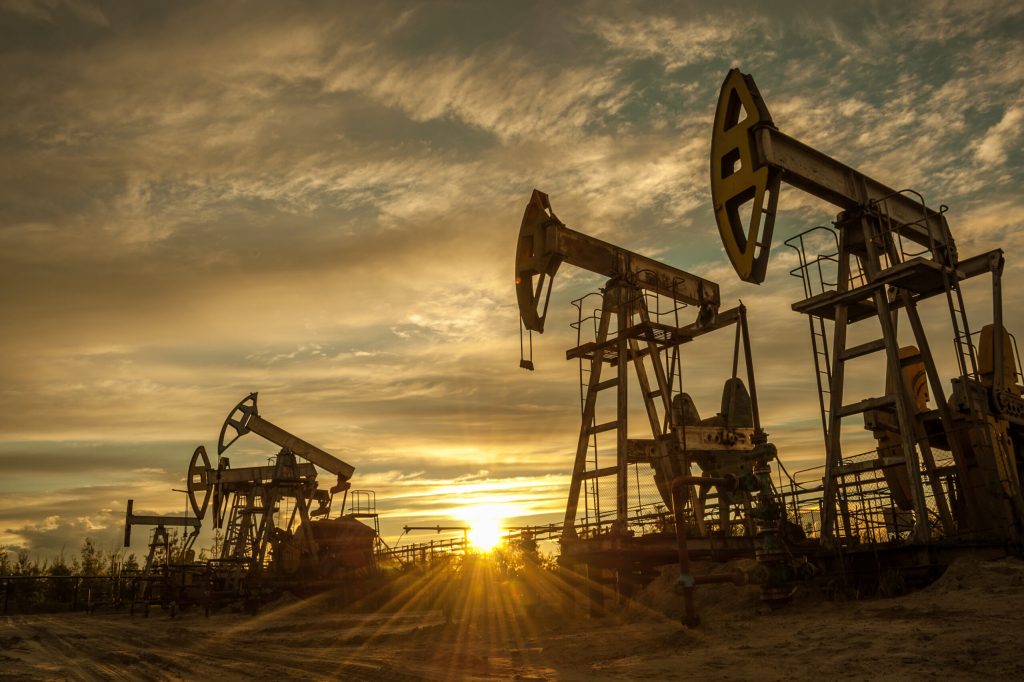
Second, the steel terminal demand determines the production center of the steel mill, which determines the demand for iron (including iron ore and scrap steel). At present, steel terminal demand is still expected to be negative growth, from the perspective of production and inventory, steel demand is expected to fall by 2% to 3%. Taking into account the acceleration of the issuance of local government special bonds and the demand pull expectation of large-scale equipment renewal and the replacement of old consumer goods for new, the optimistic forecast is that the demand for the whole year will be flat with 2023.
By industry, the largest increase in steel demand this year comes from exports. In the first four months of this year, steel direct exports of 35 million tons, an increase of 7 million tons, the translation of the pull of total demand is 2%. Steel exports are expected to remain high in May, and steel exports are expected to increase by 18 million tons throughout the year. However, domestic demand fell significantly year-on-year, with infrastructure and real estate demand still the main drag. From the apparent demand observation of rebar, the apparent demand for rebar from January to May decreased by 18% year-on-year, and the apparent demand for five major materials decreased by 7.6% year-on-year. Manufacturing demand maintained positive growth, contributing less than 1% to demand.
If steel demand is flat this year, considering the replacement of iron ore demand for scrap steel daily consumption, it is expected that the average daily production of hot metal will have 50,000 tons of room for growth.
In 2024, iron ore completed the transformation from low inventory to high inventory. Steel 45 port sample imported ore stocks rose to 148.6 million tons from 120 million tons at the beginning of the year. The continuous growth of port inventory is the result of increasing supply and decreasing demand, but from the growth rate, the accumulation rate of nearly 30 million tons mainly comes from the increase in supply. At present, the iron ore inventory of steel mills is still not high, mainly on-demand procurement, but compared with the low inventory of the same period last year, it has been repaired. Considering that the supply growth will narrow, while the demand side of the hot metal production has not yet peaked, it is expected that the iron ore inventory is expected to decline from the increase in the later period, but the decline is limited, and the port inventory will remain high.
In terms of price trend, iron ore pricing, steel demand and steel mill profits are positively correlated. The current iron ore supply and demand fundamentals are loose, and the steel fundamentals need to resonate with them in order to get out of the smooth falling market.
From the perspective of the steel industry, the low supply has returned to a neutral level, but the overall surplus is not. Domestic coal operating rate and output still maintain a downward trend. In terms of inventory, in addition to the high iron ore inventory, steel and dual-focal inventory are not high. From the perspective of demand, static demand is still weak, but with the landing of stable growth policies, demand is expected to improve in the second half of the year.
In summary, the upstream and downstream supply and demand of the steel industry are neutral, the overall price is high and falling, and the trading demand is weak again. But the chances of a further fall below the lows of early April are slim. In the case of iron ore, although inventories are high, the price has fallen back to near $110 / ton, and iron ore is the only ferrous metal that shows a discount structure. From the perspective of supply and demand pattern, iron ore has not yet appeared the downward pressure of high inventory and high supply, and the remote demand repair expectation has not been falsified, and after the high price of ore has fallen, funds are more willing to game the upward elasticity of demand in the second half of the year. It is expected that the short-term mine price will maintain a range of fluctuations, and the latter stage will focus on the accumulation of the off-season of materials and the improvement of physical demand after the acceleration of the issuance of government special bonds. In operation, considering that iron ore prices are still suppressed by high inventories, superimposed energy saving and carbon reduction policy expectations, investors can pay attention to the arbitrage strategy of multi-material empty raw materials. (Author Futures Investment Consulting Professional Certificate No. Z0010559)
Analysts: Demand for weak steel prices are easy to fall and difficult to rise
Veteran journalist Tan Yamin
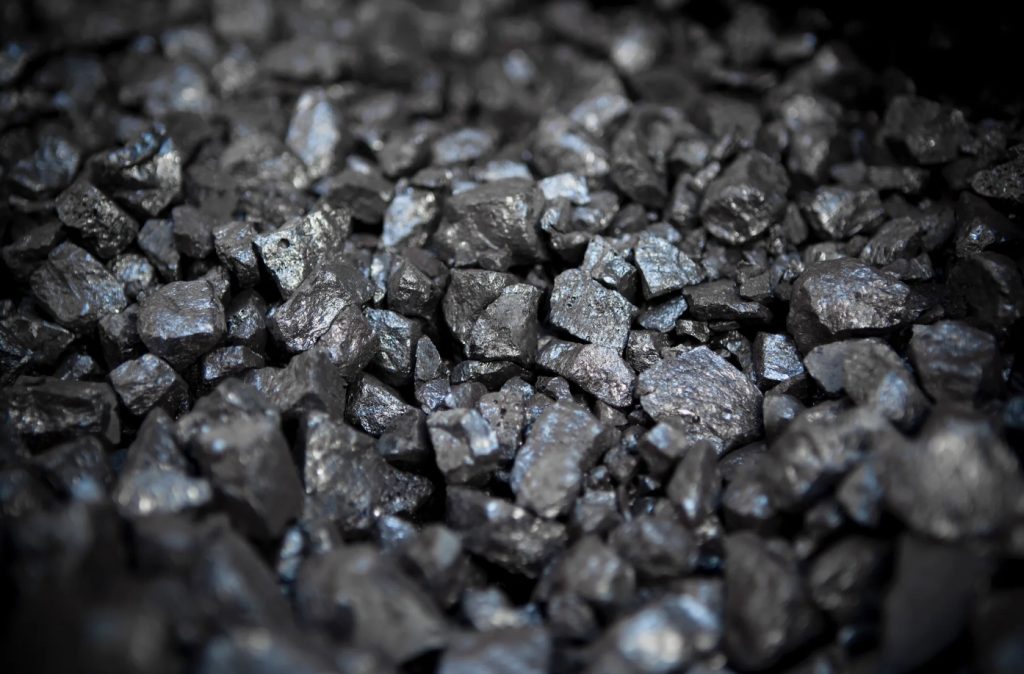
In late May, rebar futures prices once rose to 3820 yuan/ton, and then shook down.
“After the real estate market is good, the market logic has changed from a strong expectation to a reality verification stage, and the South gradually entered the rainy season in May to June, and the demand for rebar has weakened, while the plate is facing high inventory pressure.” On the macro side, the growth rate of the manufacturing industry slowed down in May, the market expected the difficulty of sheet metal destocking to rise, and in the absence of further favorable stimulus, steel prices fell slightly.” Milky Way Futures black research director Wei Junyi said.
Everbright Futures Research Institute black research director Qiu Yuecheng told the Futures Daily reporter, the recent thread futures prices fell continuously, one is because the market from the consumption season into the off-season, the decline in demand is more obvious, the last week of May the apparent demand for thread dropped to 2.499 million tons, is the lowest level since late March; Second, the profit of rebar production has rebounded, the recent production has rebounded, the weekly production of thread reached 2.395 million tons at the end of May, an increase of about 174,000 tons compared with April, long process and short process production have increased, and the market supply pressure has increased; Third, the average daily production of molten iron has declined continuously in the last two weeks, and the average daily production of molten iron in the latest week is 2.3583 million tons, which is 0.97 million tons lower than the previous period, and the price of raw materials is under pressure, and the cost support of rebar has weakened.
According to the data released by the National Bureau of Statistics, the cumulative production of rebar from January to April 2024 was 66,306,000 tons, down 12.8% year-on-year. From January to April, the cumulative production of thick and wide steel belts was 70.494 million tons, an increase of 7.4% year-on-year. This year, the production of rebar decreased, while the production of medium and thick wide steel strip increased, mainly due to the lower real estate demand of rebar, while the downstream manufacturing industry of medium and thick wide steel strip remained strong. From January to April, China’s new construction, completion, and housing enterprise funds fell by more than 20%, while manufacturing, infrastructure and exports remained strong.
Wei Junyi told reporters that in late May, Shanghai, Shenzhen, Guangzhou and other places have introduced policies to support the real estate market, including reducing the down payment ratio, reducing the interest rate of provident fund loans, and releasing purchase restrictions in some areas. In May, the monthly sales of the top 100 housing enterprises increased by 4.95%, and the recent number of homes has also increased significantly. It is expected that the real estate market will gradually stabilize in the next six months. Earlier, the National Development and Reform Commission required all new national debt projects to start before the end of June, and infrastructure demand will remain high in June. However, according to historical experience, from late May to late June is usually in the transition period from the peak season to the off-season, steel demand may be marginal decline, steel inventory may stage a rebound, so short-term rebar market prices are easy to fall and difficult to rise.
It is worth noting that the recent rebar overall supply rise, demand fall, inventory slowdown, rebar weekly production for three consecutive weeks up, performance demand for two consecutive weeks down, inventory for two consecutive weeks down, at the end of May rebar inventory of 7,736,700 tons, a decrease of 104,300 tons, the reduction is the lowest in the last 11 weeks.
“In May, steel mill profits have turned losses into profits, and production enthusiasm has increased, but near the off-season consumption, steel mill blast furnace resumption rhythm began to slow down, while the amount of blast furnace maintenance has increased.” The blast furnace capacity utilization rate is still expected to be high in June, and the blast furnace capacity utilization rate will decline after entering July.” Wei Junyi believes that the current iron ore port inventory is running at a high level, superimposed scrap supply increases, making iron ore prices continue to fall. Shanxi coal mine safety inspection ended at the end of May, the market is expected to resume production in Shanxi coal will increase the supply of coking coal, suppress coking coal prices, since May 23 upstream iron ore, coking coal futures fell more, and then drag rebar prices lower. The premise of stabilizing steel prices in the off-season is that upstream raw material prices stabilize, and raw material prices stabilize to wait for steel mills to reduce production.
Regarding the main line of trading in the current market, Qiu Yuecheng believes that one is the demand for steel, the second is macro expectations, and the third is inventory changes. Looking forward to the future market, from the supply point of view, the current long process steel mill profitability is still at a high level, the short process operating rate is gradually rising, and it is expected that the production of rebar will still recover slightly in June. From the demand point of view, the domestic steel market will enter the traditional off-season of consumption in June, and demand will gradually weaken. Overall, the pressure on supply and demand in the steel market will rise in June, forming a certain pressure on steel prices. However, the macro policy is expected to be further released, market sentiment will be boosted, is expected in June steel market prices to weak shocks.




